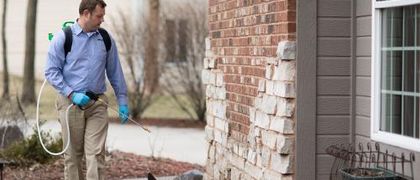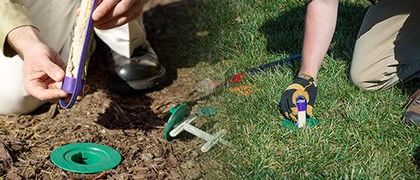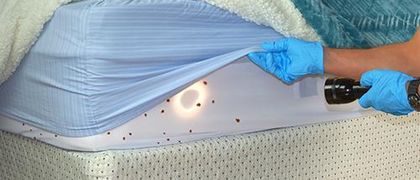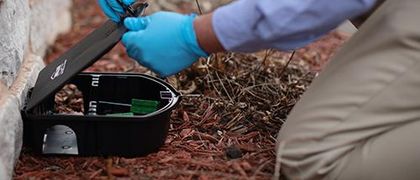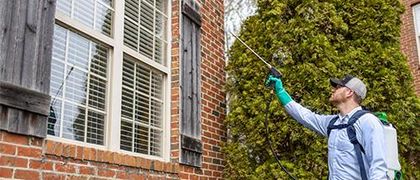Everything to Know About Termites in Kansas City
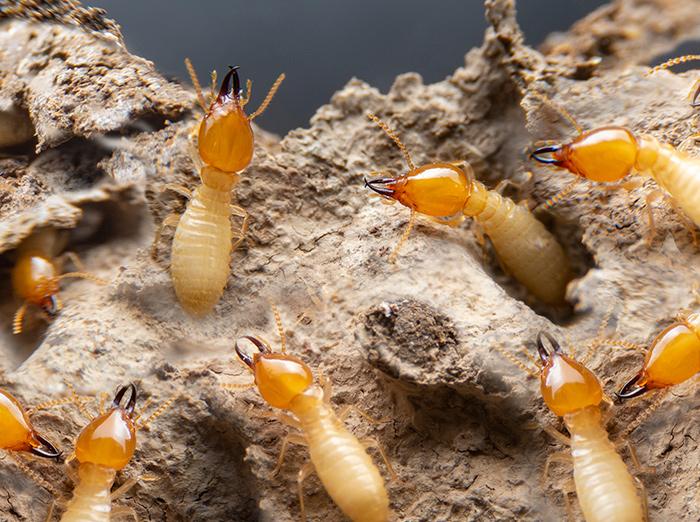 Termites might be small, but they can cause huge problems for homeowners in Kansas City. These pests chew through wood, causing expensive damage before you even know they’re there. If you live in Overland Park, Lee’s Summit, or Lenexa, it’s important to protect your home from infestations before they get out of control.
Termites might be small, but they can cause huge problems for homeowners in Kansas City. These pests chew through wood, causing expensive damage before you even know they’re there. If you live in Overland Park, Lee’s Summit, or Lenexa, it’s important to protect your home from infestations before they get out of control.
So, what do you need to know about termites in Kansas City?
Keep reading to learn the signs of activity, how to prevent future infestations, and when to call a pest control company for help.
Key Takeaways
- The most common termites in Kansas City are subterranean termites, which live underground and cause serious wood damage.
- Common signs of termites include mud tubes, discarded wings, hollow wood, termite droppings, and sticking doors or windows.
- Simple ways to prevent termites include fixing leaks, keeping wood away from your home, and sealing cracks.
- The best way to get rid of termites is with professional treatments like bait stations, liquid barriers, or fumigation.
What Kind of Termites Are in Kansas City?
The most common type of termite in the Kansas City metro area is the subterranean termite. They live underground and travel to homes looking for food—mainly wood.
Unlike carpenter ants, which tunnel through wood but don’t eat it, they consume the wood, leading to serious termite damage.
How to Spot a Termite Infestation
Catching termites early can save you thousands in repairs. Here are the signs to watch for:
| Sign | Description |
|---|---|
Mud Tubes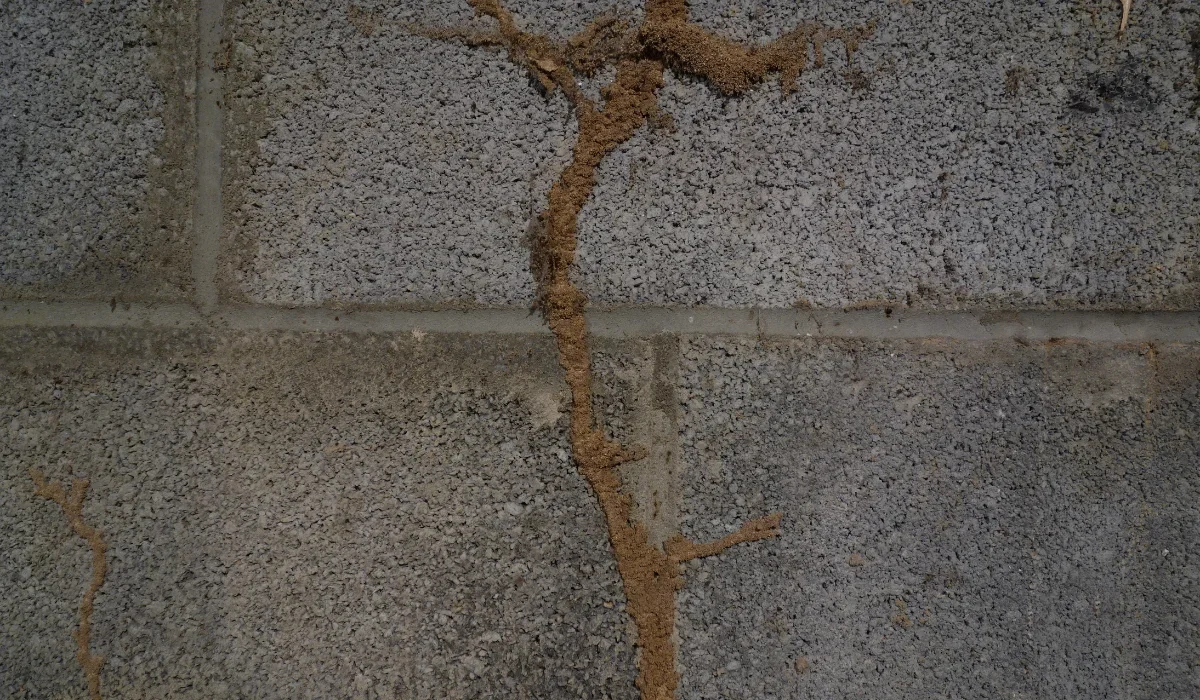 |
Dirt-colored tunnels on walls or foundations that termites use to reach food. |
Discarded Wings |
Shed by flying termites after choosing a new colony site near doors and windows. |
Hollow or Weak Wood |
Sounds hollow when tapped, a sign termite activity has eaten it from the inside. |
Frass (Termite Droppings)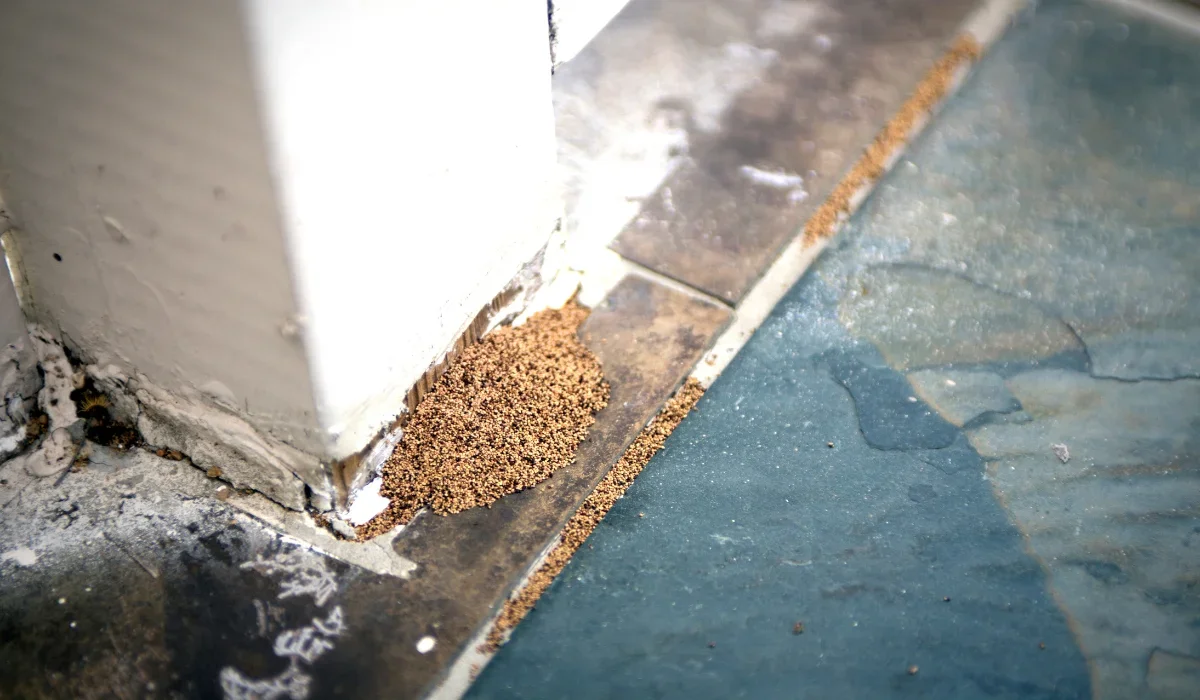 |
Tiny, pellet-like droppings near wood. |
| Sticking Doors and Windows | Warped wood from termite damage makes them harder to open. |
How to Prevent a Termite Infestation
The best way to deal with termites is to stop them before they move in. Here’s are some tips to get started:
- Fix leaks and make sure your gutters work properly.
- Use a dehumidifier in basements and crawl spaces.
- Keep firewood, mulch, and lumber at least 20 feet from your foundation.
- Block entry points in the foundation, siding, and around pipes or vents.
How to Get Rid of Termites in Kansas City
If you have an infestation, professional termite treatment is the best way to get rid of them for good. Here are some common residential pest control services in Missouri:
Bait Stations
Eco-friendly baiting systems like Sentricon can wipe out entire termite colonies. Individual bait stations are placed strategically around your home and work year-round to protect it.
Liquid Barrier Treatments
A liquid treatment is applied around your foundation to stop termites from getting inside. This method is great for termite control, especially if you already have a pest problem.
Fumigation (For Severe Cases)
In rare situations where termites have spread everywhere, whole-home fumigation might be needed. Most homeowners in Kansas City won’t need this level of treatment, but it’s an option for serious pest issues.
Keep Your Kansas City Home Termite-Free
DIY methods might seem like a quick fix, but they rarely get rid of termites for good. They never take a break, and neither do we.
At Miller Pest & Termite, we have the tools and expertise to eliminate these pests and stop them from coming back.
With regular termite inspections and a customized treatment plan, our termite exterminators help keep your home pest-free all year long.
When you work with our pest control experts, you’ll have peace of mind knowing your home is protected—not just from termites, but from other common pests like roaches, silverfish, crickets, spiders, cockroaches, wasps, centipedes, fleas, and bed bugs.
Think you have termites?
Don’t wait—contact us today for an inspection and a termite control plan built just for your home.
Get Help Now!

